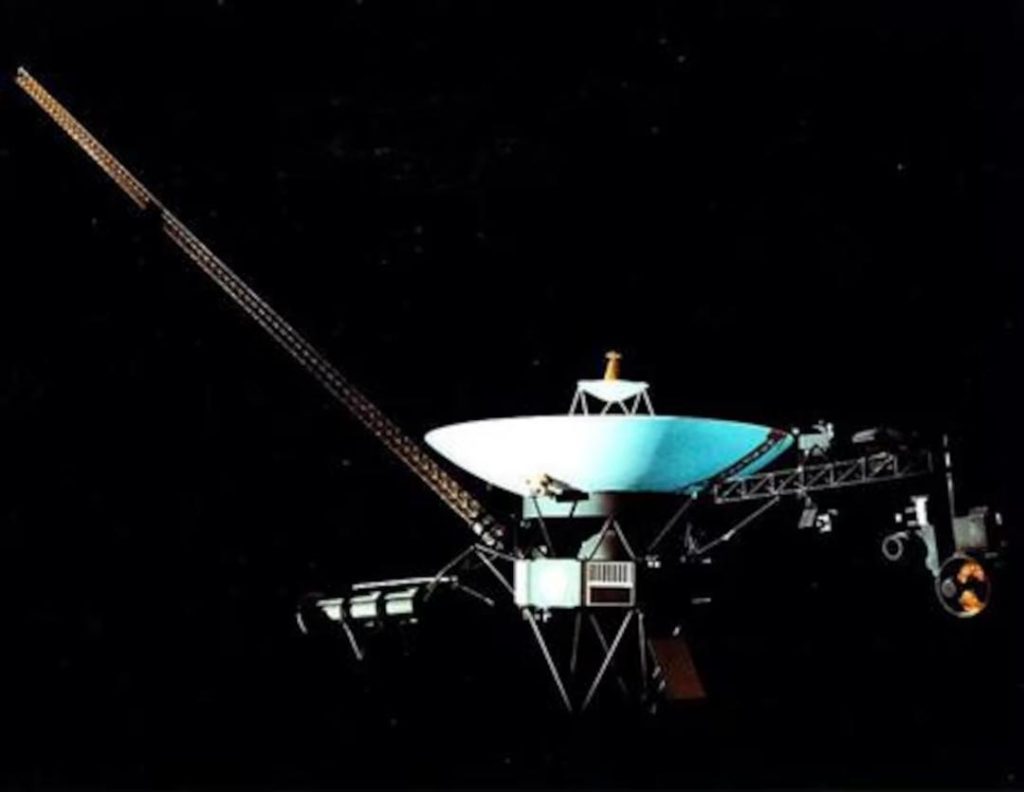
Voyager 1 Discovers 50,000°C “Firewall” 2 Billion km from Earth
NASA’s Voyager 1 spacecraft has made a groundbreaking discovery, detecting an intensely hot region about 2 billion kilometers from Earth. Dubbed a “firewall,” this zone records temperatures of up to 50,000°C, which is five times hotter than the surface of the Sun. The heat in this zone is not due to actual fire, but rather the result of energetic particles.
Voyager 1 has been exploring our solar system since its launch in 1977, and it has now entered the interstellar medium, the region of space outside our solar system. As it travels through this vast expanse, the spacecraft has encountered a number of unusual phenomena, including the discovery of this scorching hot region.
The firewall is not a physical wall, but rather a region of space where the temperature is extremely high. It is thought to be caused by the interaction between the solar wind, a stream of charged particles emitted by the Sun, and the interstellar medium. The solar wind is made up of energetic particles, including protons and electrons, which are accelerated to high speeds as they flow away from the Sun.
As the solar wind encounters the interstellar medium, it causes the particles to heat up, leading to the extremely high temperatures recorded by Voyager 1. This process is known as “heating by ion-neutral collisions,” and it is thought to be responsible for the formation of the firewall.
The discovery of the firewall is an important one, as it provides scientists with new insights into the properties of the interstellar medium and the interaction between the solar wind and this region. It also highlights the incredible capabilities of the Voyager 1 spacecraft, which has been traveling through space for over 40 years and has now entered the interstellar medium.
Voyager 1 was launched in 1977, with the primary goal of studying the outer Solar System and beyond. The spacecraft was designed to take advantage of a rare alignment of the outer planets, known as the “Grand Tour,” which allowed it to visit Jupiter, Saturn, Uranus, and Neptune in a single mission.
After completing its Grand Tour, Voyager 1 continued on its journey into the interstellar medium, where it has now been traveling for over 30 years. During this time, the spacecraft has encountered a number of unusual phenomena, including the discovery of the firewall.
The firewall is not the only unusual phenomenon that Voyager 1 has encountered in the interstellar medium. The spacecraft has also detected a number of “magnetic bubbles” and “cosmic rays,” which are high-energy particles that are thought to originate from outside the Solar System.
In addition to its scientific discoveries, Voyager 1 has also played an important role in the exploration of our Solar System. The spacecraft has provided scientists with valuable information about the outer planets, including Jupiter, Saturn, Uranus, and Neptune, and has helped to shed light on the formation and evolution of our Solar System.
As Voyager 1 continues on its journey into the interstellar medium, it is likely to encounter even more unusual phenomena and make new discoveries. The spacecraft is expected to continue operating for several more years, providing scientists with valuable insights into the properties of the interstellar medium and the interaction between the solar wind and this region.






